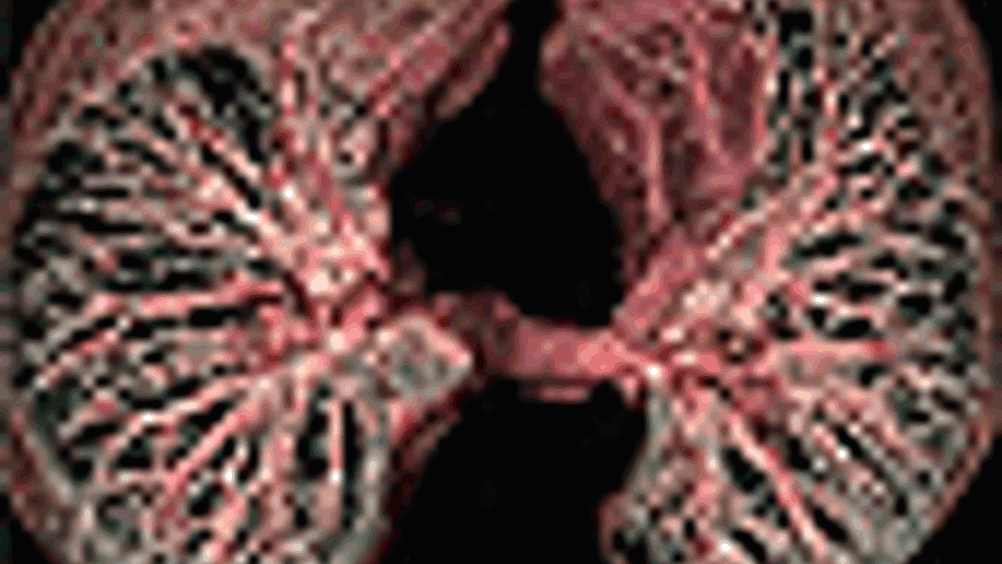Inspired thinking
The EPSRC has awarded the University of Oxford a grant to develop a device to perform lung function tests on anaesthetised patients and ventilated patients in intensive care units.

The
has awarded the
a grant to develop a device to perform lung function tests on anaesthetised patients and ventilated patients in intensive care units (ICU).
Lung function tests are commonly performed on patients in specialised pulmonary function laboratories or in cardiopulmonary units in hospitals. Various cardiopulmonary function tests are performed, usually on hospital outpatients, and these require the co-operation of the patient and interaction between the clinician and patient.
In contrast, patients in hospital intensive care units (ICUs) are dependent upon complex life support and monitoring equipment, such that they cannot be moved easily to the testing unit.
The commonest reason for admission to the ICU is the need for mechanical ventilatory support, known as life-support. These patients are not able to participate in any form of lung function testing involving voluntary action, nor can these patients be easily transferred or disconnected from their ventilatory support.
Critical illness, including severe sepsis and mechanical ventilation itself, can lead to severe lung abnormalities, decreased effective lung volume and decreased efficiency of gas exchange between the lung and the blood. Those patients who would benefit most from lung function and cardiopulmonary tests are therefore the most difficult to assess by conventional means.
Register now to continue reading
Thanks for visiting The Engineer. You’ve now reached your monthly limit of news stories. Register for free to unlock unlimited access to all of our news coverage, as well as premium content including opinion, in-depth features and special reports.
Benefits of registering
-
In-depth insights and coverage of key emerging trends
-
Unrestricted access to special reports throughout the year
-
Daily technology news delivered straight to your inbox










Water Sector Talent Exodus Could Cripple The Sector
Maybe if things are essential for the running of a country and we want to pay a fair price we should be running these utilities on a not for profit...